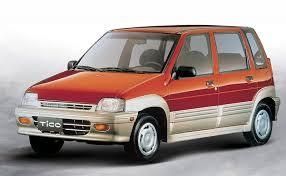 Once a major force in Korea’s auto market, city cars — with engines under 1,000 cubic centimeters and priced around 10 million KRW ($7,330) — are rapidly disappearing from Korean roads.
Once a major force in Korea’s auto market, city cars — with engines under 1,000 cubic centimeters and priced around 10 million KRW ($7,330) — are rapidly disappearing from Korean roads.
Chronicles
- Birth:
- In 1991, Daewoo Shipbuilding and Heavy Machinery, now known as Hanwha Ocean, introduced Korea’s first city car, the Tico, in collaboration with Japan’s Suzuki Motor. Initially priced at 2.9 million KRW ($2,175), this “people’s car” sold 680,000 units before being discontinued in 2001.
- Boom:
- Policy incentives introduced in 1996 and the 1997 financial crisis boosted city car sales, increasing their market share to 27.6 percent of annual car sales in 1998, with 150,000 units sold. That year, Daewoo Motor, which had absorbed the shipbuilder’s city car division, launched the Matiz. Hyundai and Kia also released the Atoz and Visto but phased them out in the early 2000s, leaving the Matiz as the segment leader.
- Peak:
- In 2008, eligibility for city car incentives expanded from 800 cc to 1,000 cc engines. This led to increased competition for the Matiz from Kia’s Morning and Ray models, with the Morning selling over 110,000 units in 2011. City car sales peaked at 216,000 units in 2012 when General Motors, having acquired Daewoo’s passenger car division, launched the Chevrolet Spark, a fully redesigned Matiz.
- Waning:
- The Spark was discontinued in 2022, marking the end of Daewoo’s 32-year legacy in the city car segment. Meanwhile, Morning’s sales in Korea fell to 15,000 units in 2024. Hyundai introduced the Casper in 2021, but the company is shifting away from the city car category, with its models growing in size and price. City car sales in 2025 are forecast at 70,000 units — less than 8 percent of total passenger car sales.
What’s driving the decline?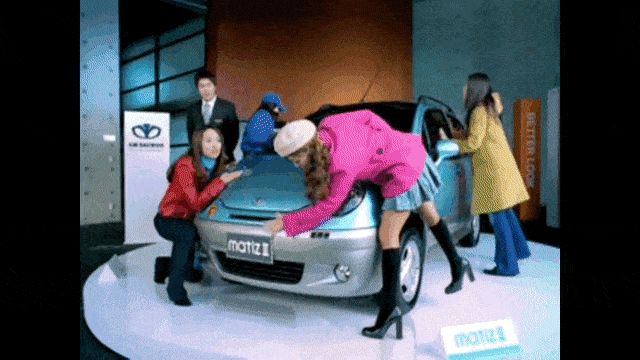
Automakers are reluctant to launch new city car models due to slim profit margins — only a few hundred thousand KRW per unit — compared to compact cars, which limits consumer options.
- Rising manufacturing costs and growing demand for additional features have pushed city car prices close to 20 million KRW ($14,660), eroding their price advantage over other segments.
- Korean consumers are increasingly drawn to larger vehicles, especially as cars evolve into leisure vehicles.
-
Is this the end of the Korean city car?City cars remain popular in Korea’s used car market, especially among new drivers who appreciate their ease of driving and parking. In May, the Kia Morning, Chevrolet Spark and Kia New Ray were the top-selling used models, according to Carisyou.
Overseas demand remains strong. The Kia Morning, sold as the Picanto in Europe, recorded 49,000 units sold abroad from January to May — nine times more than in Korea, with over half of those sales in Europe.![Kia Morning (Kia)]](https://contents-cdn.viewus.co.kr/image/2025/07/CP-2023-0309/30468061_2.jpg)



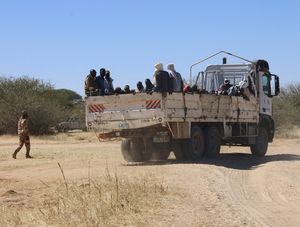
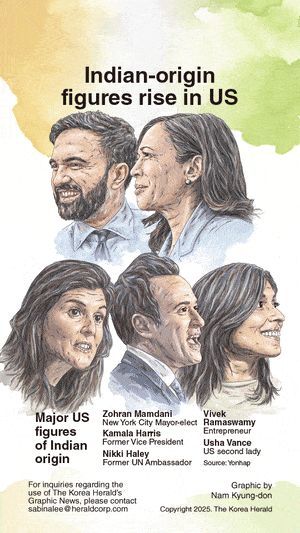
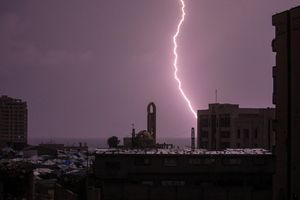

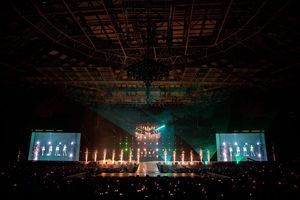

Most Commented